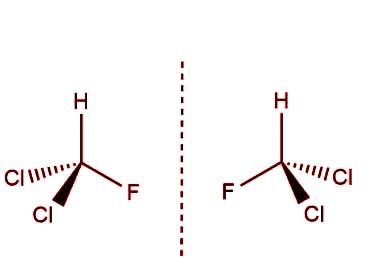Aim: To find the weight of aluminium which is precipitated in the form of aluminium (III) oxide (Al2O3).
Reagents Used:
- Potash alum (K₂SO4. Al2(SO4)3.24H2O) as a sample
- Ammonium nitrate solution (NH4NO3)
- Ammonia solution (NH4OH)
- Ammonium chloride (NH4Cl)
Apparatus Used:
Volumetric flask, Funnel, Beaker, Dropper, Glass rod, Tripod stand, Burner, Filter paper, Gauge, Digital analytical balance, Tong, Silica crucible, Desiccator, Butter paper.
Indicator Used:
Methyl red is used as an internal indicator. For this, 0.1g of methyl red is dissolved in 50 ml alcohol (ethanol) thereby making an alcoholic solution of methyl red indicator.
Theory:
The experiment involves adding ammonia solution to a hot solution of potash alum (sample) in the presence of ammonium chloride, resulting in the precipitation of aluminum as hydroxide. This reaction can be represented chemically as:
2 Al2(SO4)3 + 6NH4OH →2 Al(OH)3 + 3 (NH4)2SO4.
The precipitate of aluminum hydroxide (Al(OH)3) is filtered, washed, dried, ignited, cooled, and weighed. Water is removed from the aluminum hydroxide during the drying process, resulting in the final product of aluminum oxide (Al2O3), which is weighed.
Preparation of Solutions:
- Potash alum solution (sample)
- Ammonium nitrate solution
- Ammonia solution
Procedure:
- Pipette out 20 ml of the potash alum sample and transfer it to a 500 ml beaker.
- Add 130 ml distilled water to the beaker to make a total solution of 150 ml.
- Weigh 2.0-4.0 g of ammonium chloride (solid) using a digital analytical balance and transfer it to the beaker containing the sample.
- Add 3 or 4 drops of the alcoholic solution of methyl red indicator into the beaker.
- Heat this solution nearly to boiling and add ammonia solution dropwise slowly into the beaker with constant stirring until the solution becomes yellow.
- Add a small amount of tannic acid (solid) into the beaker to accumulate the precipitate.
- Boil the solution to undergo the process of digestion.
- Allow the precipitate to settle for 3-4 hours till the supernatant liquid is clear.
- Filter the precipitate using Whatman filter paper no. 42.
- Wash the precipitate with hot ammonium nitrate solution 4-5 times to remove unwanted ions (SO42-, CI-).
- Dry the precipitate by placing it in a funnel with filter paper and covering it with a paper having small pores. Heat it over a tripod stand with a burner below.
- Transfer the precipitate to butter paper and cover it with an inverted funnel.
- Ignite the filter paper in a silica crucible which is then burnt strongly using a burner until the formation of white ash.
- Cool the crucible in a desiccator and weigh it using a digital analytical balance until a constant weight of the empty crucible is obtained.
- Weigh the crucible with the precipitate and subtract the weight of the empty crucible to obtain the weight of the precipitate.
Conclusion:
Through this experiment, we can determine the weight of aluminum which is precipitated as aluminum (III) oxide (Al2O3).
Precaution:
- Always wear lab coats, gloves, and goggles for personal safety.
- Ensure that all glassware and equipment are clean and dry before use.
- Use digital analytical balance carefully and always place objects on the center of the balance to avoid measurement errors.
- Handle chemicals with care and follow proper handling procedures to avoid accidents.
- During the precipitation process, add ammonia solution dropwise with constant stirring to prevent the solution from becoming too basic.
- Always use a clean and dry filter paper during the filtration process to avoid contamination.
- Do not heat the precipitate too strongly during ignition to prevent the formation of impurities.
- Handle the silica crucible with tongs to avoid injury due to heat.
- After weighing the precipitate, store it in a desiccator to avoid moisture absorption.
- Dispose of all chemicals and waste materials properly in accordance with laboratory guidelines.
%20oxide%20(Al2O3)..jpg)




If you have any doubts, please let me know